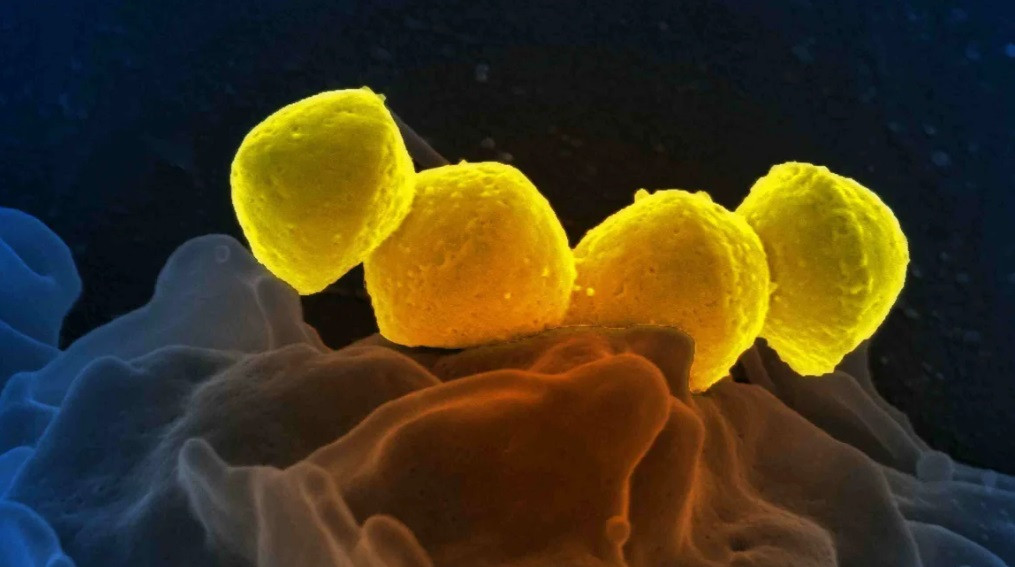The number of cases of Streptococcal Toxic Shock Syndrome (STSS) in Japan since the beginning of the year has exceeded 1,000. This is a potentially fatal disease caused by infection with a type of streptococcus bacteria known as "flesh-eating" bacteria.

According to preliminary statistics released by the National Institute of Infectious Diseases (NIID) on June 18, from the beginning of 2024 to June 9, the number of STSS cases in this country has reached 1,019. This number has increased significantly compared to previous years, reflecting that the spread of this dangerous infectious disease is becoming more complicated.
STSS, also known as severe invasive streptococcal infection, is a sudden-onset disease mainly caused by "Group A Streptococcus". Common initial symptoms include sore throat, fever, loss of appetite, diarrhea, vomiting and other gastrointestinal problems, as well as infectious symptoms such as low blood pressure. If not treated promptly, the disease can lead to soft tissue damage, respiratory failure, liver failure, kidney failure and multiple organ failure, with a mortality rate of over 30%.
The spread of STSS in Japan has accelerated significantly this year. As of June 2, the total number of reported cases was 977, exceeding the total of 941 cases for the whole of 2023. According to the NIID's weekly report, the capital Tokyo recorded the highest number of cases this year, with 150 cases during the week of June 3-9.
STSS is mainly transmitted through droplets from the mucous membranes of the nose or throat and through contact with wounds. Experts warn that the initial symptoms of this bacterial infection can easily be mistaken for the common cold, because the disease progresses quickly. If the patient has symptoms such as high fever accompanied by delirium or the wound quickly becomes red, medical attention is needed immediately. Health care professionals recommend that people with these severe symptoms seek medical care immediately, to avoid the disease becoming more severe and life-threatening.